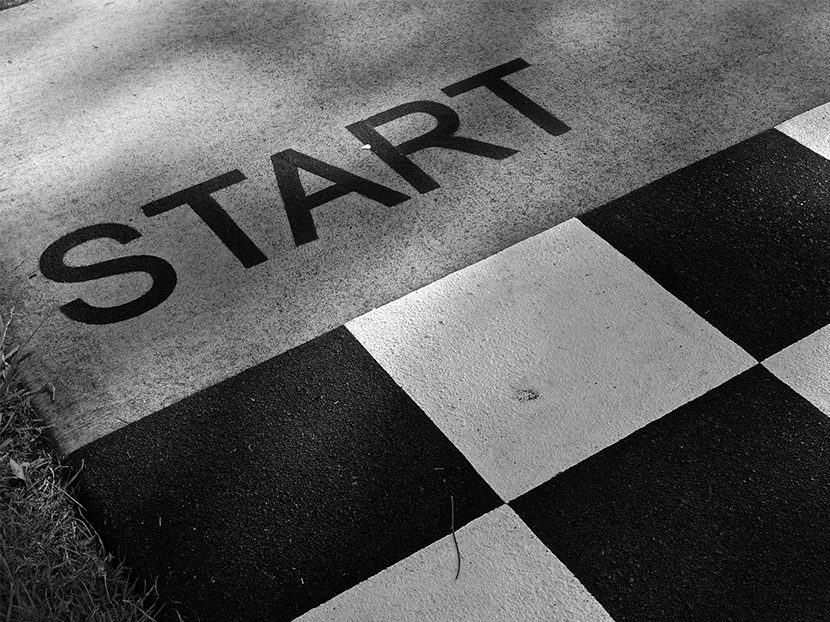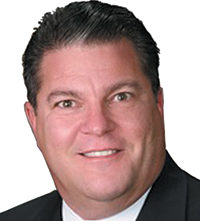The Crowd Can Make you a Millionaire

Have you ever had the opportunity to watch the program Who Wants To Be a Millionaire? The premise of the hit TV show focuses on a contestant who selects one of four multiple-choice answers to a trivia question. The more questions they answer correctly, the more money they can win.
But, of course, the questions get progressively more challenging, so the contestant is offered three “lifelines” when they've become stumped on a particular question. One lifeline is called “50-50” where the computer takes away two of the wrong answers and leaves the contestant a 50-50 chance of guessing the correct answer among the two remaining answers.
A second lifeline is the ability to poll the live studio audience via an "Ask-the-Audience" option. (The audience is a diverse group of people from all walks of life, but undoubtedly those who have nothing better to do than to travel to Hollywood and watch a game show in the middle of the afternoon.) When the contestant becomes puzzled with a particular question, that question is then put to the audience and each audience member can choose what they believe is the correct answer. Using this one-time lifeline the contestant definitely benefits since the audience, on average, selects the correct answer 91% of the time!
There are lots of ways to look at this statistic, and maybe the only apples-to-apples comparison is with the percentage of times that the "Phone a Friend" lifeline works to the contestant's advantage. This lifeline is used under similar circumstances, but rather than the befuddled contestant asking the entire audience for help, they can ask the most qualified person they know via telephone.
Interestingly, while the Ask-the-Audience option is able to select the right answer 91% of the time, the most knowledgeable friend that can be telephoned is correct, on average, only 65% of the time.
What this suggests is that the collective wisdom of a crowd is greater than even the smartest member of that crowd.
That suggestion is nothing new. The theory was first credited to British statistician Francis Galton who in 1906 asked 800 people at a fair to guess the weight of a dead ox. Most guesses were either way too high or way too low. But when Galton averaged all of the answers together, he was shocked at what he discovered: The crowd’s average guess of 1,197 pounds was only one pound off the actual weight.
James Surowiecki, author of the book The Wisdom of Crowds, cites other real-world examples of the phenomenon, including betting lines on NFL games to help make his assertion that uninformed crowds can sometimes be more intelligent than the most informed person among the crowd.
For example, a crowd’s average guess of the number of jelly beans in a jar would probably be within 3% to 5% of the actual number — and better than 90% to 95% of any individual guess.
Applying the theory to investing, it turns out that the premise behind Relative Strength isn’t really all that different than the dead ox or jelly bean examples: Crowds do a better job at determining the balance of supply versus demand.
The vast majority of investment managers and advisors spend their time persuading others (and themselves) that they are right and “the market” is wrong, and that the market ultimately will come around to their way of thinking.
Here at Balser Wealth Management, LLC I take a different approach, putting trust behind Relative Strength. I often don’t know why one asset class or sector is performing better than another, but I trust that the collective market is wiser than the gut feeling of a single investor, and that lasting trends will bear out. If a given security or group of securities are relatively stronger than their peers, I follow those trends — often without a clear understanding of the reasons for those superior characteristics. I focus on the process of keeping portfolios in tune with market trends rather than praying that the market will eventually prove one or a few supposedly “expert” opinions correct.





